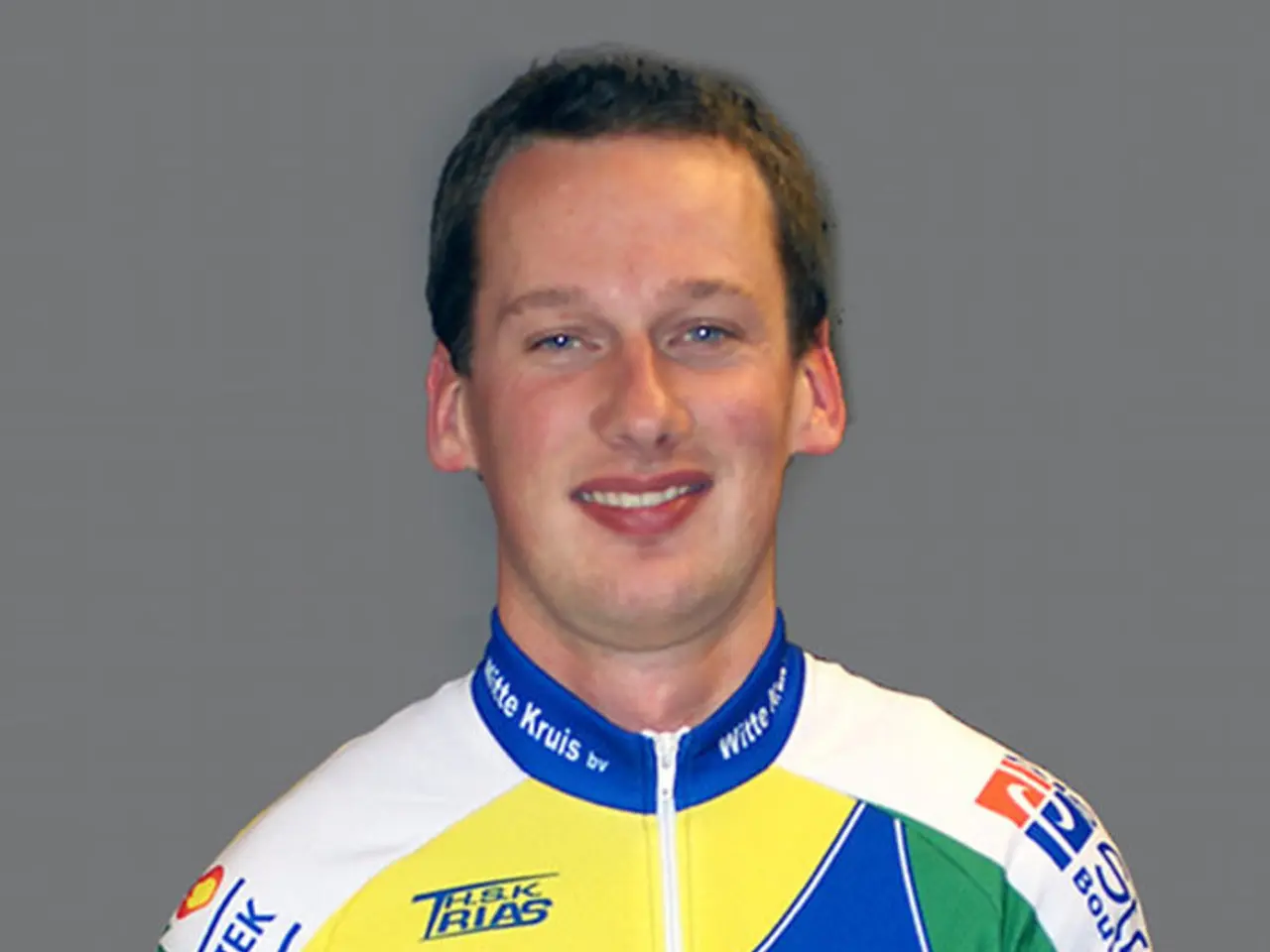Report reveals reduced expense ratios for funds, growth in size of ETFs accelerates
The European investment fund industry is experiencing a significant shift towards passive investing, as highlighted by Tanguy van de Werve, director general of Efama. This trend is evident in multiple key developments and statistics from recent industry reports.
Passive UCITS funds accounted for 29% of the total European investment fund market in 2024, a substantial increase from just 11% in 2014. This near tripling in the market share of passive strategies over a decade is a clear indication of the increasing trend towards passiveness.
Record ETF sales of €269 billion in 2024 further underscore this shift. Equity ETFs alone attracted €201 billion, while active equity UCITS funds saw €53 billion in outflows for the second year in a row. This strong preference for passive vehicles suggests that investors are increasingly drawn to the cost-effectiveness, transparency, and simplicity offered by passive funds.
Fund costs are also steadily declining. Average equity UCITS charges have dropped 21% since 2020 to 0.75%, and bond UCITS costs have fallen to 0.56%. This cost reduction makes passive funds even more attractive relative to typically higher-cost active funds. Even multi-asset funds, the most expensive category, saw an 8% cost reduction, reinforcing the trend towards low-cost investment strategies.
Consolidation and the growth of larger funds are also favouring scalable, low-cost products like ETFs. Smaller funds under €100 million now represent only 4% of total net assets, while large funds over €1 billion are gaining ground.
Tanguy van de Werve also emphasised the success of the Savings and Investment Union (SIU) and the importance of preserving UCITS as a gold standard. He highlighted that the industry is at a pivotal moment, with fund concentration increasing, asset allocations shifting, and fund costs continuing to decline.
The popularity of passive funds among retail investors is also on the rise. In the UK, passive funds now constitute around 25% of the fund market, doubling from 10 years ago. This growth is driven by the appeal of global, diversified, low-maintenance, and cost-effective exposure that passive funds offer.
Thomas Tilley, senior economist at Efama, also pointed out emerging trends such as the strong growth of closed-ended AIFs, the waning popularity of sector-specific equity funds, and the steady increase in cross-border fund ownership among European households. Inflation-linked bond UCITS saw a decrease in popularity, according to his analysis.
The growth of passive funds could pressure active managers to innovate or focus on niche strategies where they can add value. Market dynamics may tilt towards concentration in large-cap stocks and popular indices, potentially increasing systemic risks or valuation disparities. The gradual dominance of passive investing might impact market liquidity and price discovery, though these effects are still under scrutiny.
Overall, the trend towards passiveness in European investment funds is robust, underpinned by falling costs, investor demand for efficiency and transparency, and active management challenges. This shift is reshaping the industry landscape and investor behaviour significantly. The Efama Fact Book, which expands its analysis of the European investment fund industry each year, offers a wealth of data and insights into this ongoing trend.
- The increasing preference for passive investment strategies in Europe is demonstrated by the significant growth of passive UCITS funds, which accounted for 29% of the total European investment fund market in 2024.
- Evidence of this trend continues with the strong preference for passive vehicles, as shown by record ETF sales of €269 billion in 2024 and the ongoing decline in fund costs, making passive funds more attractive compared to active funds.
- Consolidation within the European investment fund industry is favoring scalable, low-cost products like ETFs, with larger funds over €1 billion gaining ground and smaller funds under €100 million representing only 4% of total net assets.




